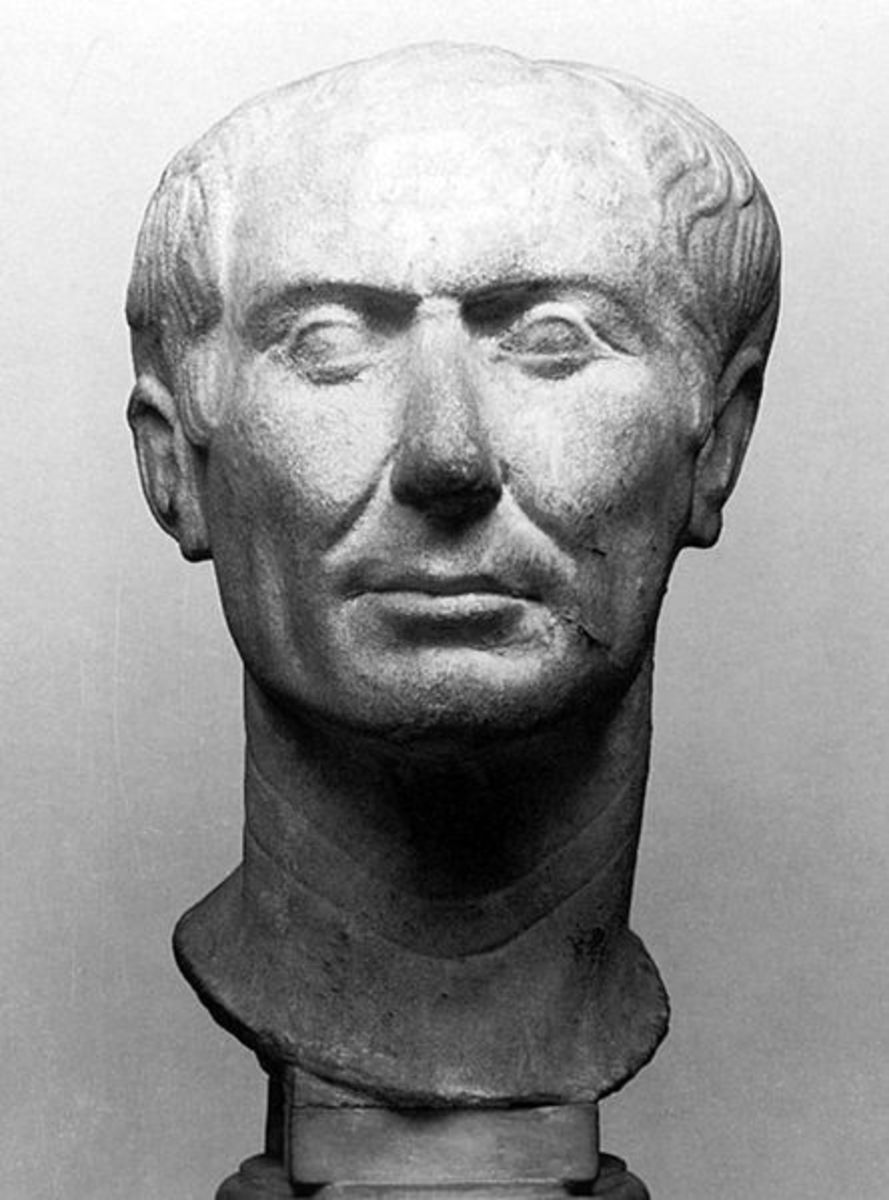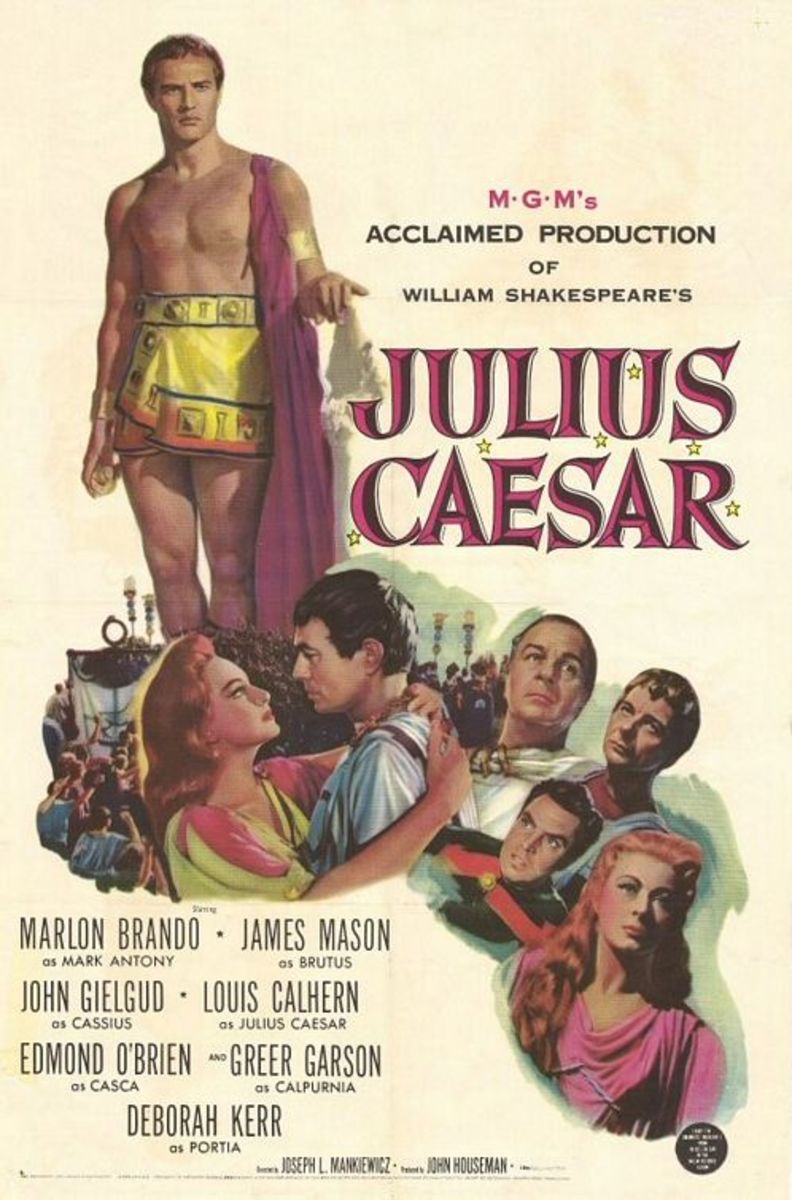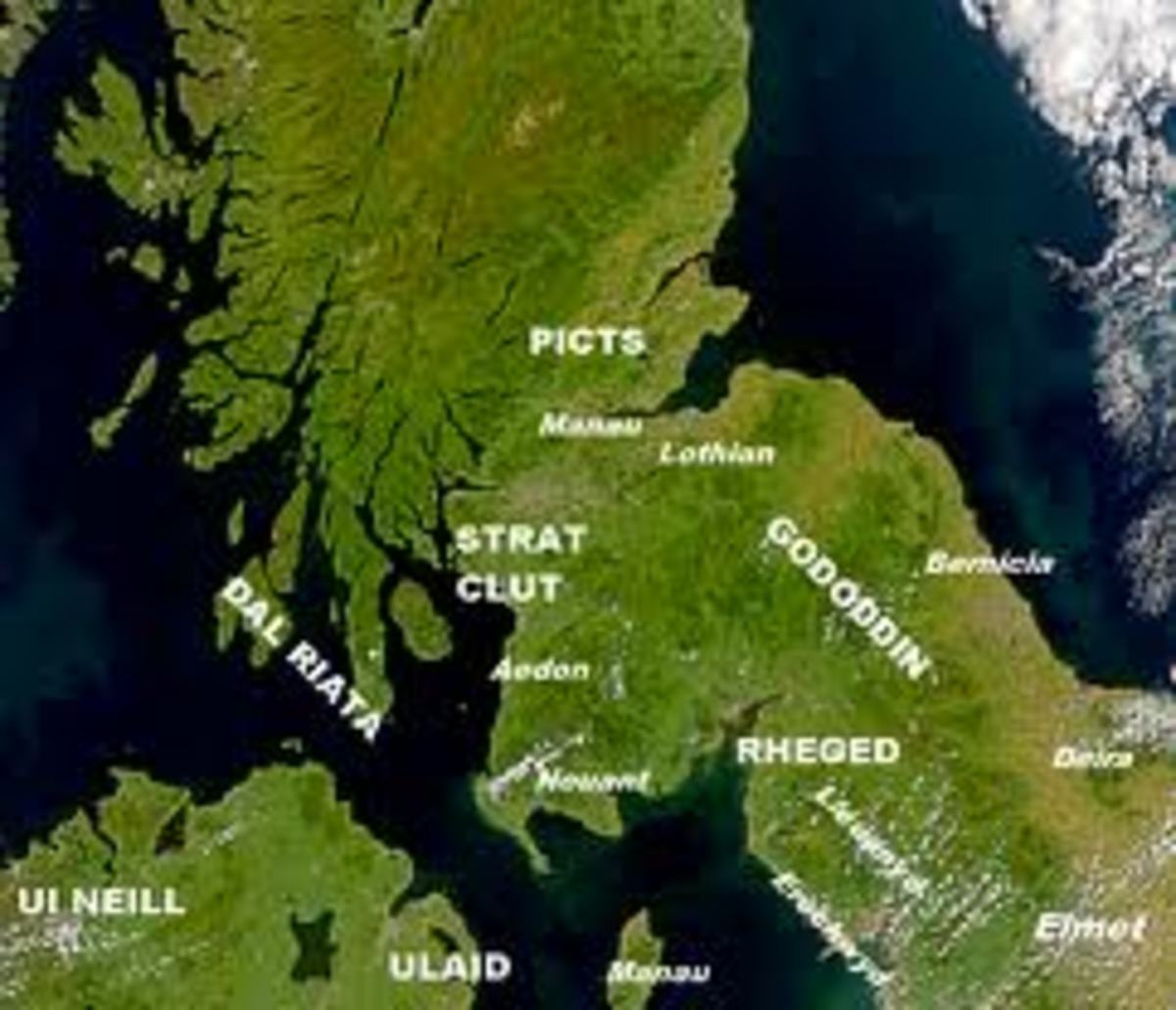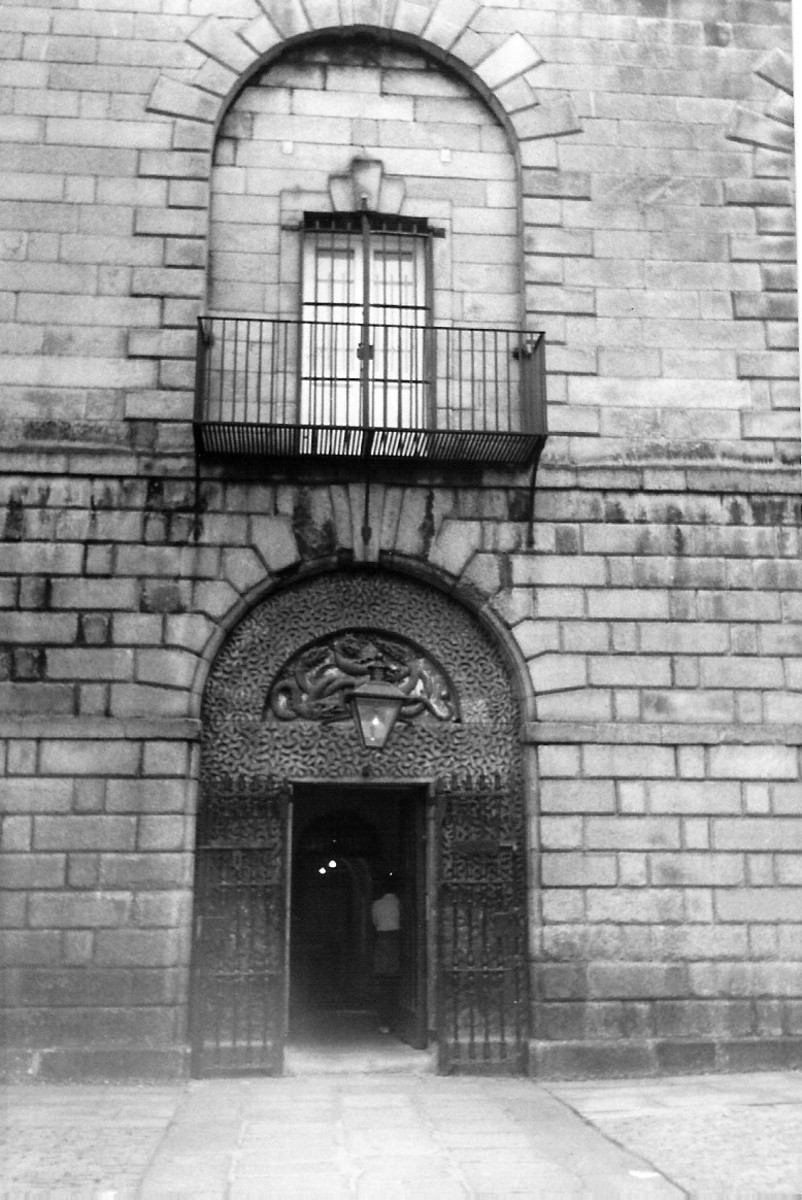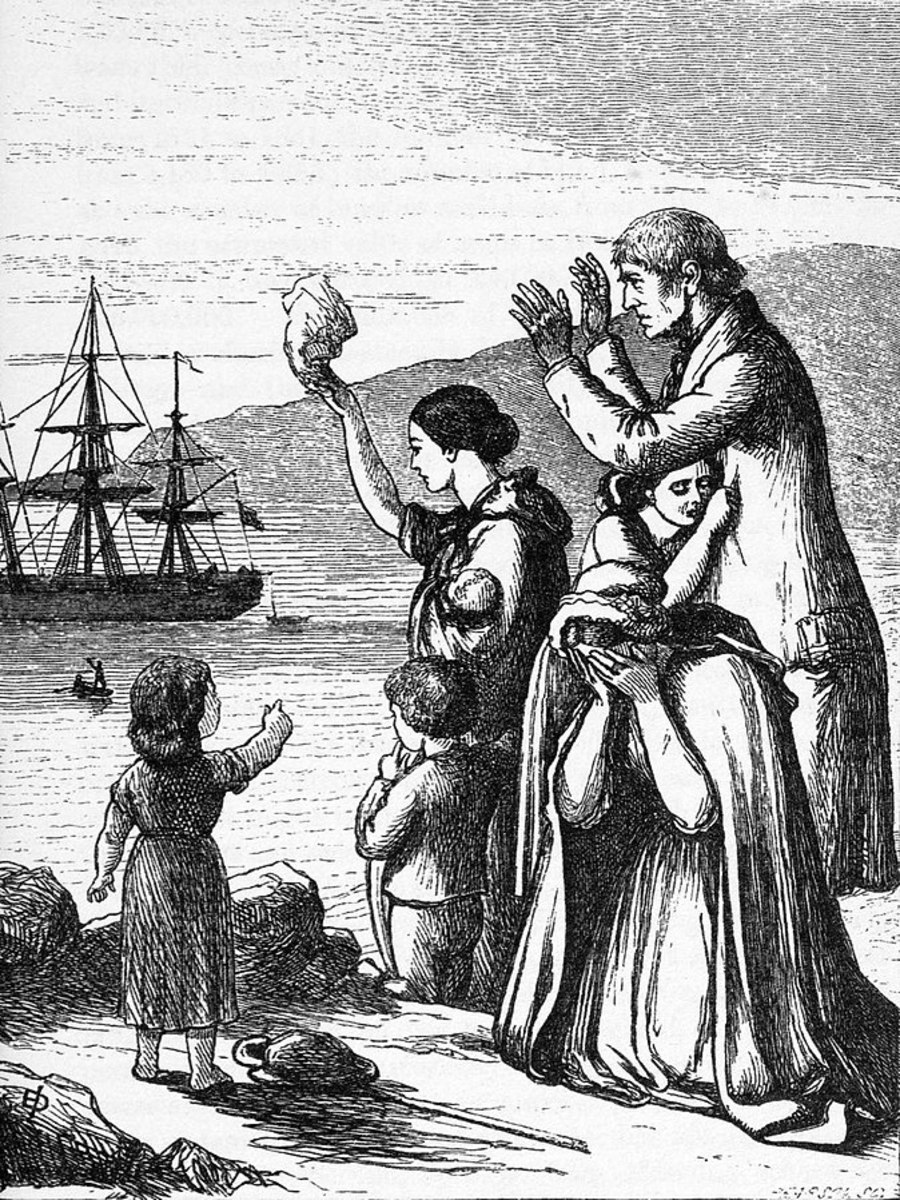Who Was Vercingetorix?
He Bloodied Caesar's Nose.
The famous war leader Vercingetorix stood with purpose and bravery alongside his fellow warriors from Gaul. Vercingetorix and his allies dared to stand against the might of the Roman war machine and make it bleed. Had Vercingetorix succeeded in completing in putting a halt to Caesar's ambitions in Gaulish, then modern Europe and the rest of the world, would surely look a lot different. Had Julius Caesar failed in his invasion against the tribes of Gaul(modern day France). It is extremely likely that one of the most well known historical and military figures of the ancient world would have faded into relative historical obscurity. The Empire of Rome did not appreciate it, when a general offered up defeat instead of a glorious victory.
It was surprising that Vercingetorix was able to rally a diverse and fragmented peoples at that time. But he succeeded, which gave the native tribes a sense of a shared identity and a united future. Our history books tells us that Vercingetorix ultimately failed in repelling the Roman Legions. But to his credit, he was the first Gaul to be able to rally his people and launch a fight back with any sense of a united front.

Europe and its Fractured Tribal Nations.
Ancient Gaul was a nation very much divided by natural borders, historic infighting and the petty greedy rivalries of the numerous tribal factions. Gaul was never a united country like France is today and it was this fact, that allowed the Roman Empire to make great inroads into the lands of the Low Countries.
Julius Caesar was able to exploit the petty differences and used inferior yet fierce tribal warriors to augment the Roman Legions in annihilating their bitter rivals. The tribes who gave their loyalty to Rome, were extremely interested in what Julius Caesar had promised them. The tribal chieftains could easily be seduced by the offer of greater power and wealth in the new Roman province of Gaul. The tribes who acted as auxiliaries to the Roman Legions had no problem in attacking their fellow Gauls, they understood that becoming part of the Roman Empire offered great possibilities and more importantly. With the Roman Legions marching into Gaul, they wanted to be on the side of the victor.
The Legions Were Once Thought Invincible.
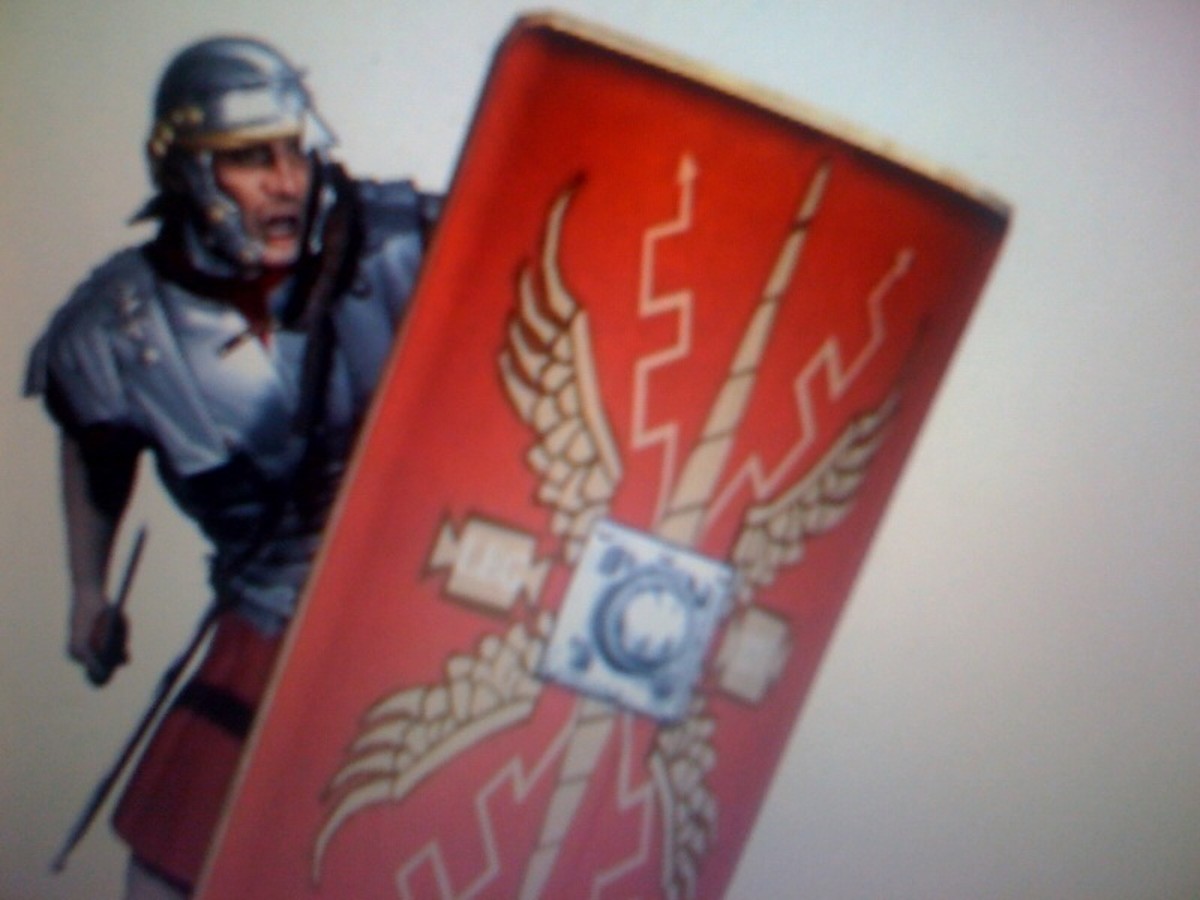
The Rebellious Tribes.
The name Vercingetorix means "King of the Great Warriors". We know that Vercingetorix's father was once the King of the Arverni tribe. We also know his father was put to death after he attempted to unify the Gauls as its High King, he did this before Julius Caesar attempted to conquer Gaul. After his father's death, Vercingetorix became the ruler of the Arverni city of Gergovia,( which is now the modern day French village of Gergovie). The young warrior came to power of the Arverni after he rallied the poorer members of the area to his cause in direct opposition to his uncle Gobanitio who had succeeded to the kingship instead of Vercingetorix.
After Vercingetorix was made leader of the Arverni, Vercingetorix had to meet the threat of the Roman invaders. The fight back against Caesar began in early 52 BC. Vercingetorix decided an early strike was the ideal time to bloody the nose of Caesar. The Romans were attempting to raise more troops from amongst the loyal tribes, to press home the conquest of Gaul.
In Rome, the assassination of Publius Clodius Pulcher made Caesar's position in Rome's political structure extremely weak. The renegade Gauls used this uncharacteristic uncertainty within the Roman Senate to strike at and slaughter those Roman colonists who had dared to settle in their territory. Vercingetorix urged his fellow tribal leaders to join his crusade to rid all of Gaul of the unwelcome and aggressive Roman influence.
The Fight Back Begins.
Vercingetorix was able to do what other tribal leaders had failed to do previously. He was able to form beneficial alliances with other tribes, even those who had a historic dislike of the Arverni. Vercingetorix was given overall command of the Gallic resistance, here he was able installed discipline and unity into the loose federation of tribal warriors. Vercingrtorix used the same type of strategy and tactics that the French resistance would use against the occupying forces of Nazi Germany nearly two thousand years later.
Vercingetorix and his lightening quick raids upon his enemies, deprived the Roman legions of fresh essential supplies. By destroying crops as they went and slaying livestock intended for the legions, he threatened the ability of the legions to wage war. Vercingetorix also took hostages from among the Roman citizens that his men had captured in the hope of gaining a ransom to fund his counter offensive.
Vercingetorix and his warriors won a few minor battles and skirmishes with the Roman Legions but avoided fighting in a manner that the legions preferred. Vercingetorix and his commanders denied the Roman Legions from fighting in a pitched military battle, Vercingetorix made good use of the Gauls natural defences. The hit and run tactics initially fared quite well. But when the Roman invaders began to take punitive action against those tribes who rejected Roman rule, it forced the Gallic rebels to fight in either a siege or in a face to face confrontation. The murder of anything between 40,000 to 100,000 citizens by the Roman Legions at Avaricum(near the site of the modern day city of Bourges.). This brutal action was designed to take revenge for the Gallic tribes previous slaughter of new Roman settlers and to draw Vercingetorix into a final battle for Gaul.
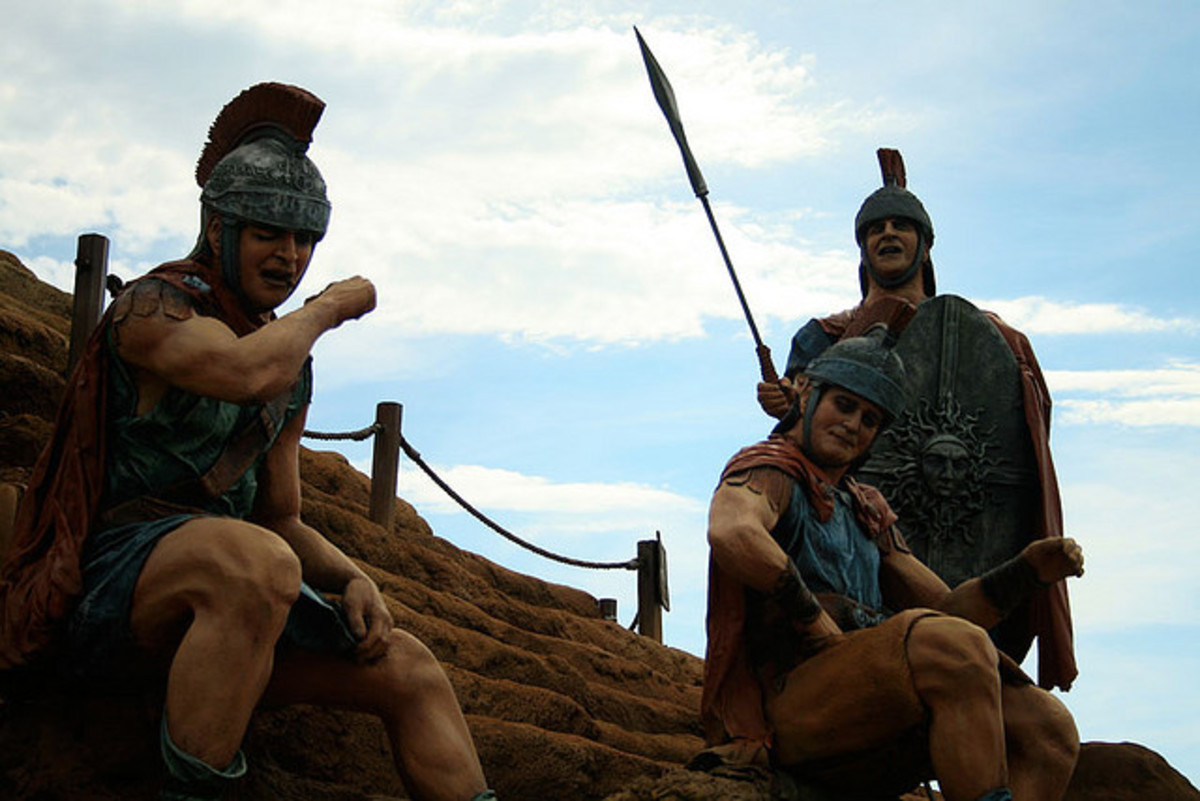
The Battle of Alesia.
The Romans caught up with the renegade Gauls and engaged them in battle at Gergovia. Vercingetorix defeated Caesar's troops and sent a message of defiance to the invading Romans. Despite the victory, Vercingetorix also lost many warriors and also lost some of the Gallic noblemen who helped solidify the Gaulish alliance.. Because of these unfortunate losses, Vercingetorix retreated and moved on to another Gaulish stronghold known as Alesia. The garrison town of Alesia is thought to now rest around the modern day French town of Alise-Sainte-Reine .
Alesia was the fortified capital of the Mandubii tribe. When the Roman legions encircled it and laid siege to it, some 80,000 tribal warriors were within its walls. We know from Caesar accounts of the battle, that the Romans were outnumbered four to one. But Caesar was resolved to beat Vercingetorix at Alesia and he was willing to do so at all cost. Caesar knew if he could beat this troublesome alliance, then he would gain great power and prestige back in the political arena of Rome.
The end of Gallic Resistance.
Vercingetorix was also besieged in the garrison town of Alesia, he was waiting on his relief forces to come to his aid. The young war leader was still keen to smash the Roman troops of Julius Caesar, even though his forces were diminished. Vercingetorix and his generals were now playing a game against the master strategist of the Roman world. In an attempt to reduce the drain on the resources of Alesia and to maybe open up the siege. Vercingetorix decided to release the women and children, so that they could escape the inevitable carnage. Caesar knew that to leave the woman and children outside the walls would weaken the morale of Alesia's defenders, so he kept them pinned between the two opposing forces.
Vecringetorix's reserves arrived shortly after and boosted the morale of the defenders. Now Caesar had to lay siege to one group of opponents whilst defending his entrenched position against another. Vecringetorix had the advantage in numbers but tactically he did not have the measure of Julius Caesar. Vecringetorix was unable to direct the defense of his position and direct the assault on the Roman flank, due to a lack of clear communication. Caesar was able to defeat the combined Gaulish forces at Alesia as his troops were well trained and drilled, so they knew what they were doing.
Vercingetorix did not have troops who were drilled in siege warfare and was unable to react to Caesar's tactical supremacy. Vercringetorix had no choice but to surrender to Caesar as he knew he that he was finally beaten. The defeated Vercringetorix was taken back to Rome with the triumphant Caesar so he could not cause further disorder. He was not executed immediately as Rome did not want to make a martyr of him. Instead he was held prisoner for nearly five years, in that time he was defeated as he was unable to lead any fight against the Roman occupation.
In the most silent of ends, the war leader known as Vercringetorix was strangled in his prison cell without fanfare or glory. By then, Gaul was lost to the Gallic peoples of Europe and Julius Augustus Caesar was able to usher in a new Roman supremacy over Europe.
Other Hubs by the same author
- The Roman Origins of Our Historic European Cities.
Most major European cities have origins from the Roman period. In this article a few of the major cultural cities are explored. - The Roman's Interest in Celtic Britain.
Celtic Britain was a mysterious place on the edge of the known world. After the conquest of Gaul by the Roman empire, only the British Isles was left to keep the Celtic legacy alive.
What do you think?
Was Vercringetorix destined to fail against Rome's might?
© 2011 Andrew Stewart

